

Discover the incredible biodiversity of Malaysia's rainforests
Malaysia is one of the world's most biodiverse countries, home to an astonishing array of wildlife. Our national parks and protected areas shelter endangered species found nowhere else on Earth. This guide introduces you to some of the amazing animals you might encounter on our tours.
Remember that wildlife sightings are never guaranteed - part of the magic is that these are wild animals in their natural habitat. Our expert guides know the best places and times to maximize your chances of sightings while minimizing disturbance to the animals.
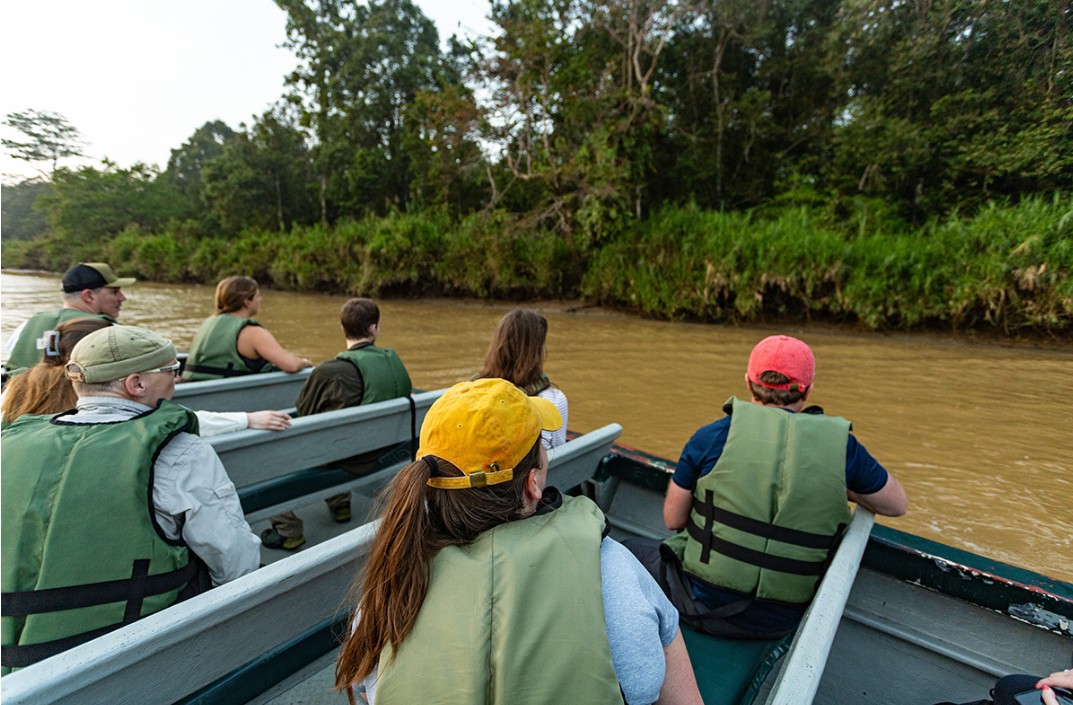
Malaysia's most spectacular land animals
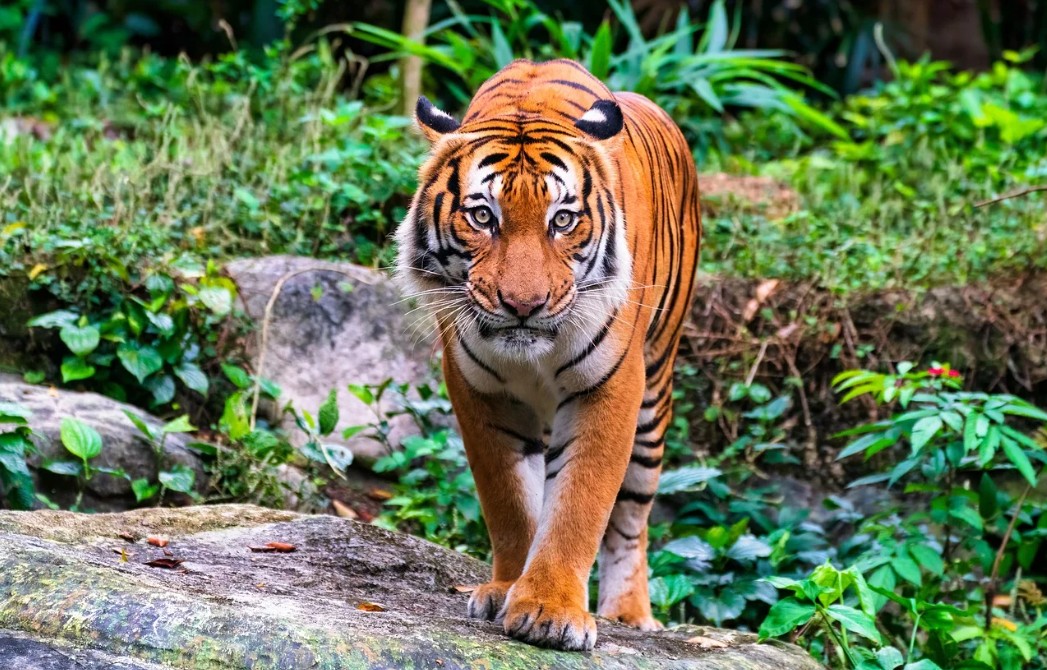
Panthera tigris jacksoni
Critically EndangeredThe Malayan tiger is Malaysia's national animal, but fewer than 150 remain in the wild. These majestic cats inhabit the rainforests of Peninsular Malaysia.

Elephas maximus
EndangeredSmaller than their African cousins, Asian elephants play a crucial role in maintaining forest ecosystems. Herds can sometimes be seen at salt licks or river crossings.
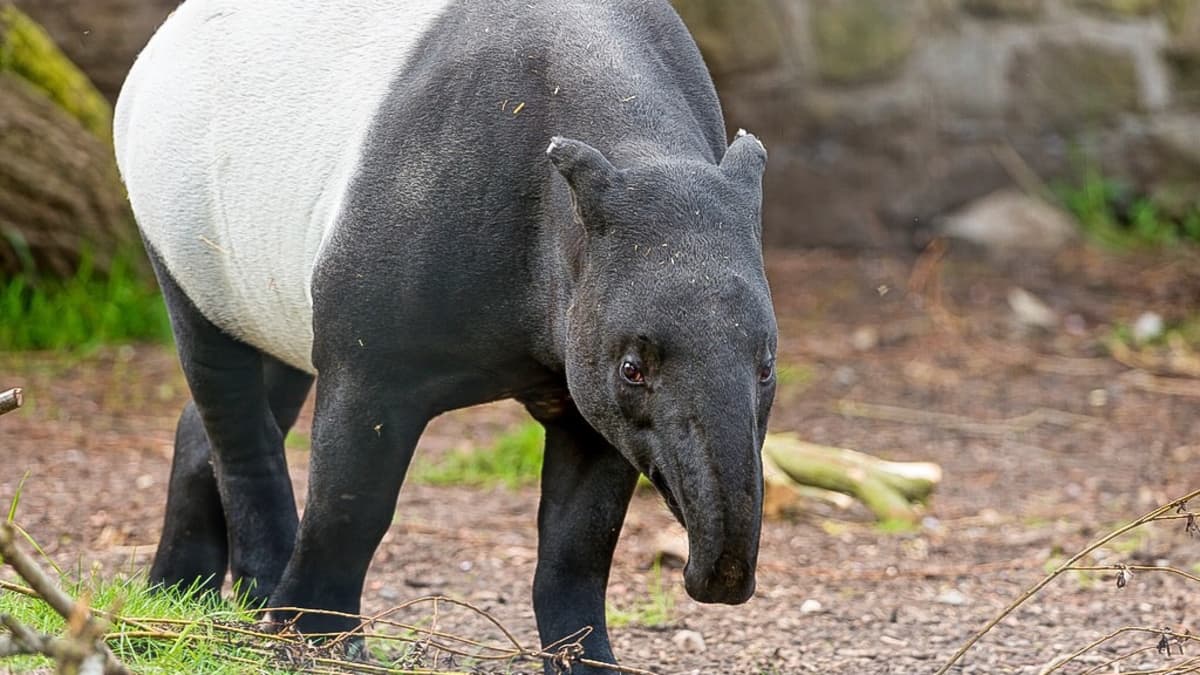
Tapirus indicus
EndangeredThis unusual black-and-white mammal is most active at night. Tapirs are excellent swimmers and use their flexible snouts to grab leaves and fruit.
Malaysia's incredible avian diversity
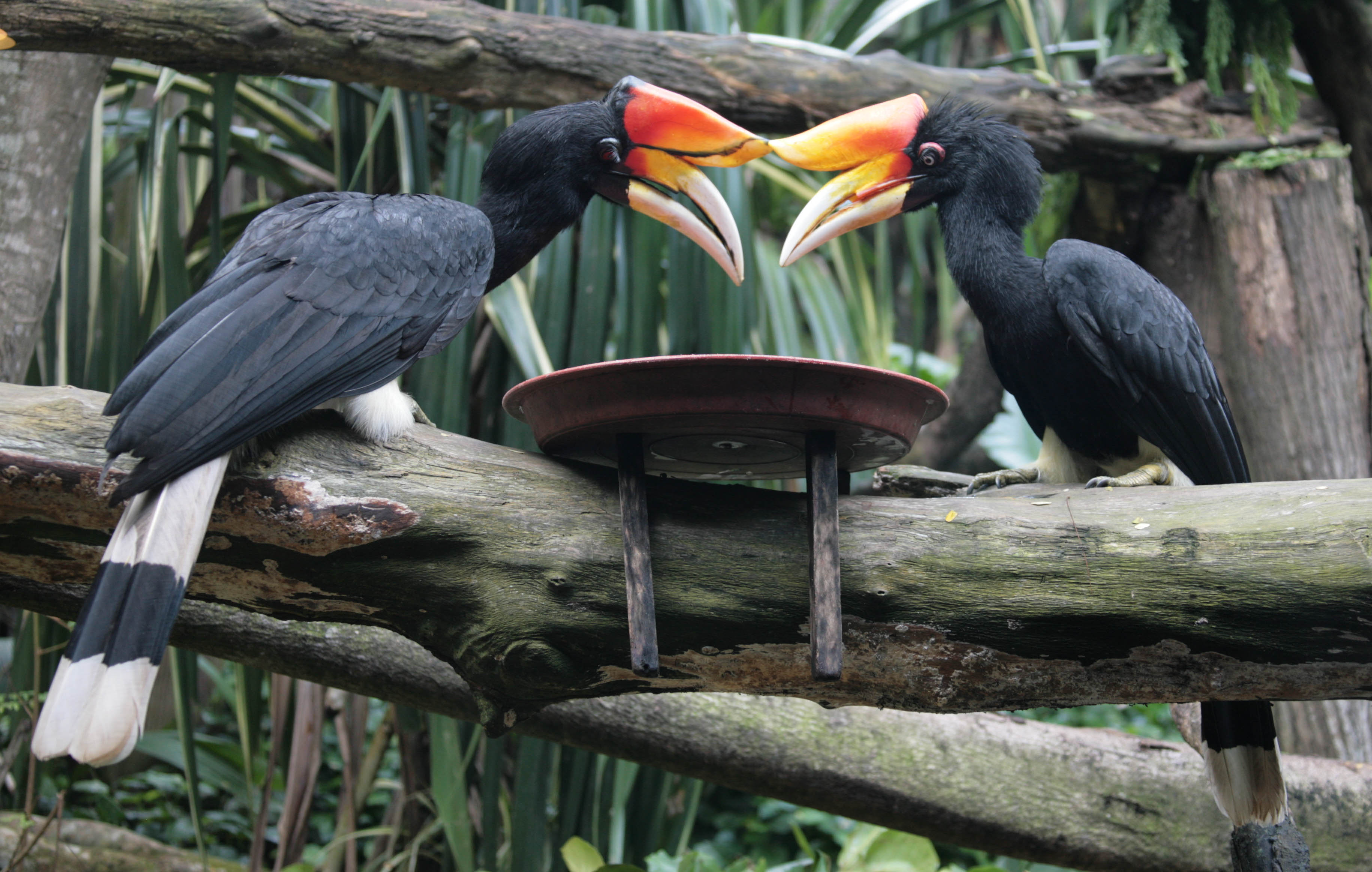
Buceros rhinoceros
VulnerableThis spectacular bird with its large casque is culturally significant to Borneo's indigenous people. Their loud wingbeats make a distinctive "whooshing" sound.
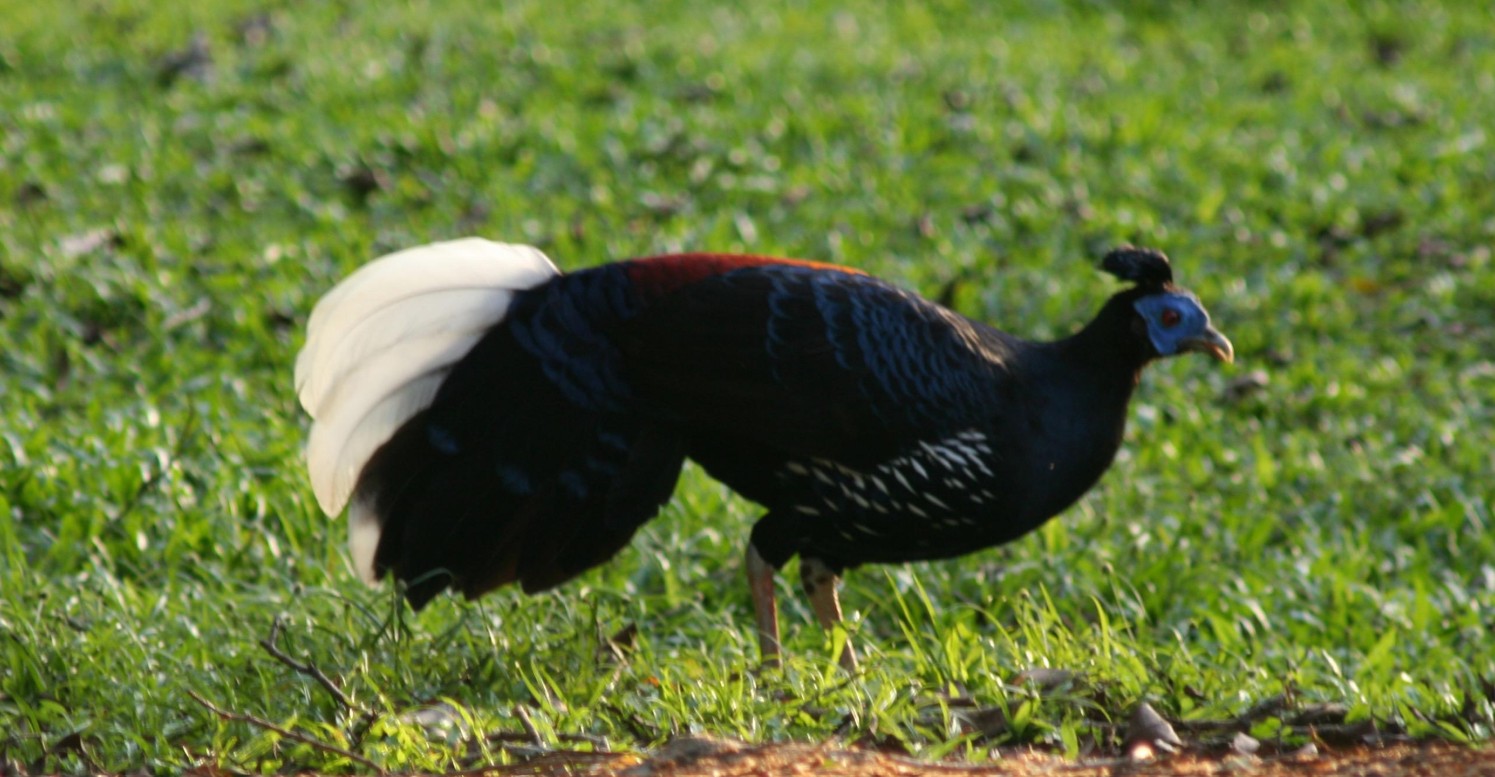
Argusianus argus
VulnerableThe male's spectacular courtship display reveals hundreds of eye-spots on its enormous wing feathers. These shy birds are more often heard than seen.
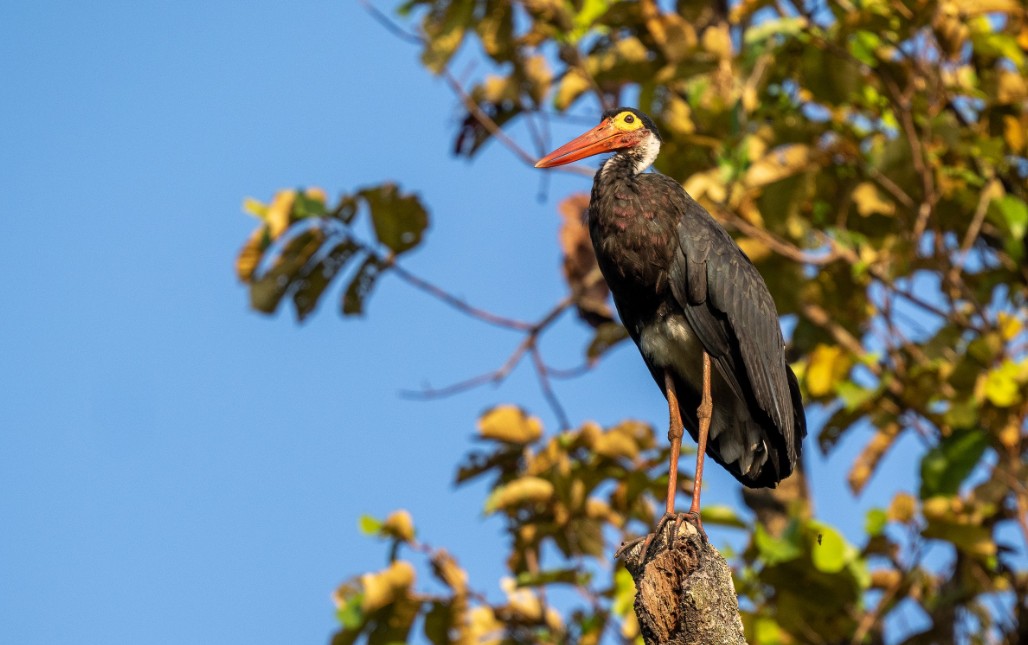
Ciconia stormi
EndangeredOne of the rarest storks in the world, this striking black-and-white bird inhabits lowland rainforest rivers and swamps.
Malaysia's fascinating cold-blooded creatures
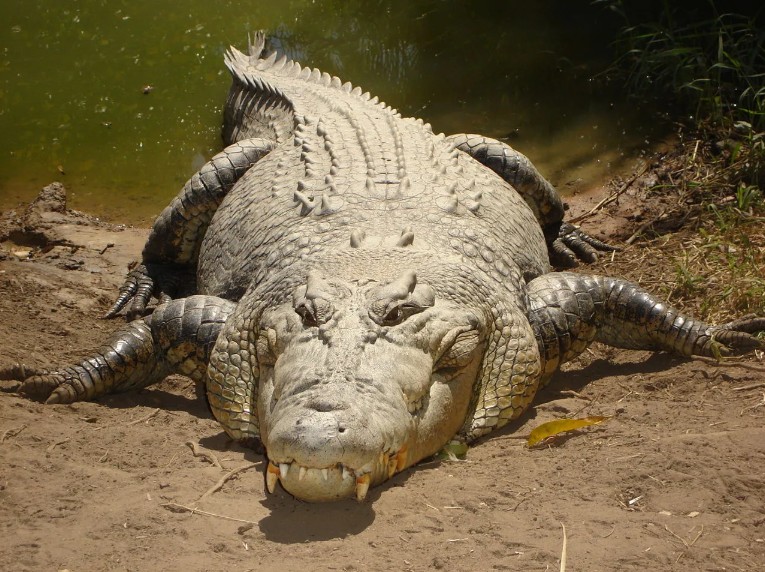
Crocodylus porosus
Least ConcernThe world's largest living reptile inhabits mangrove swamps and river estuaries. These powerful predators can grow over 6 meters long.
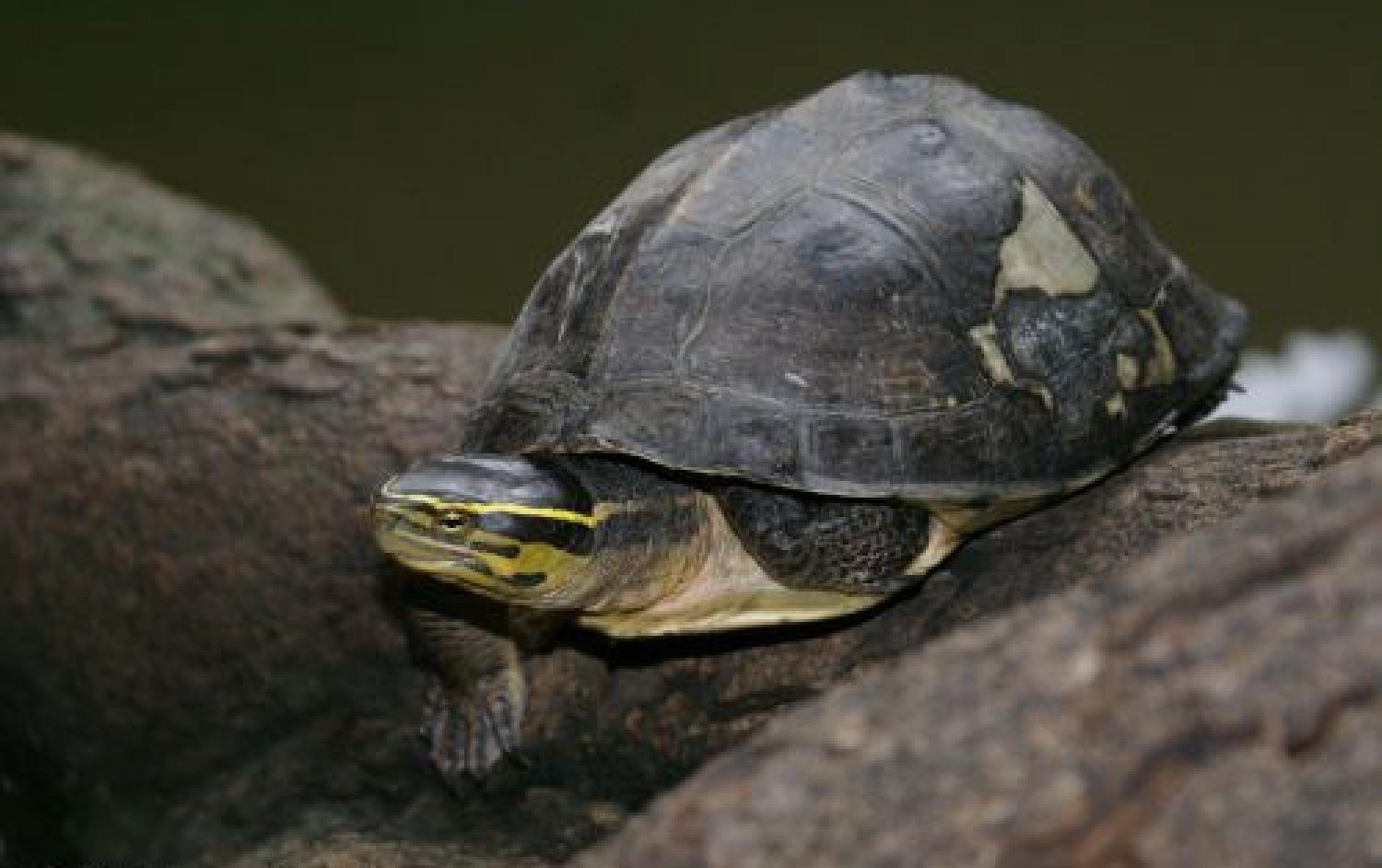
Cuora amboinensis
VulnerableThis semi-aquatic turtle can completely close its shell for protection. It inhabits slow-moving streams and ponds in the rainforest.
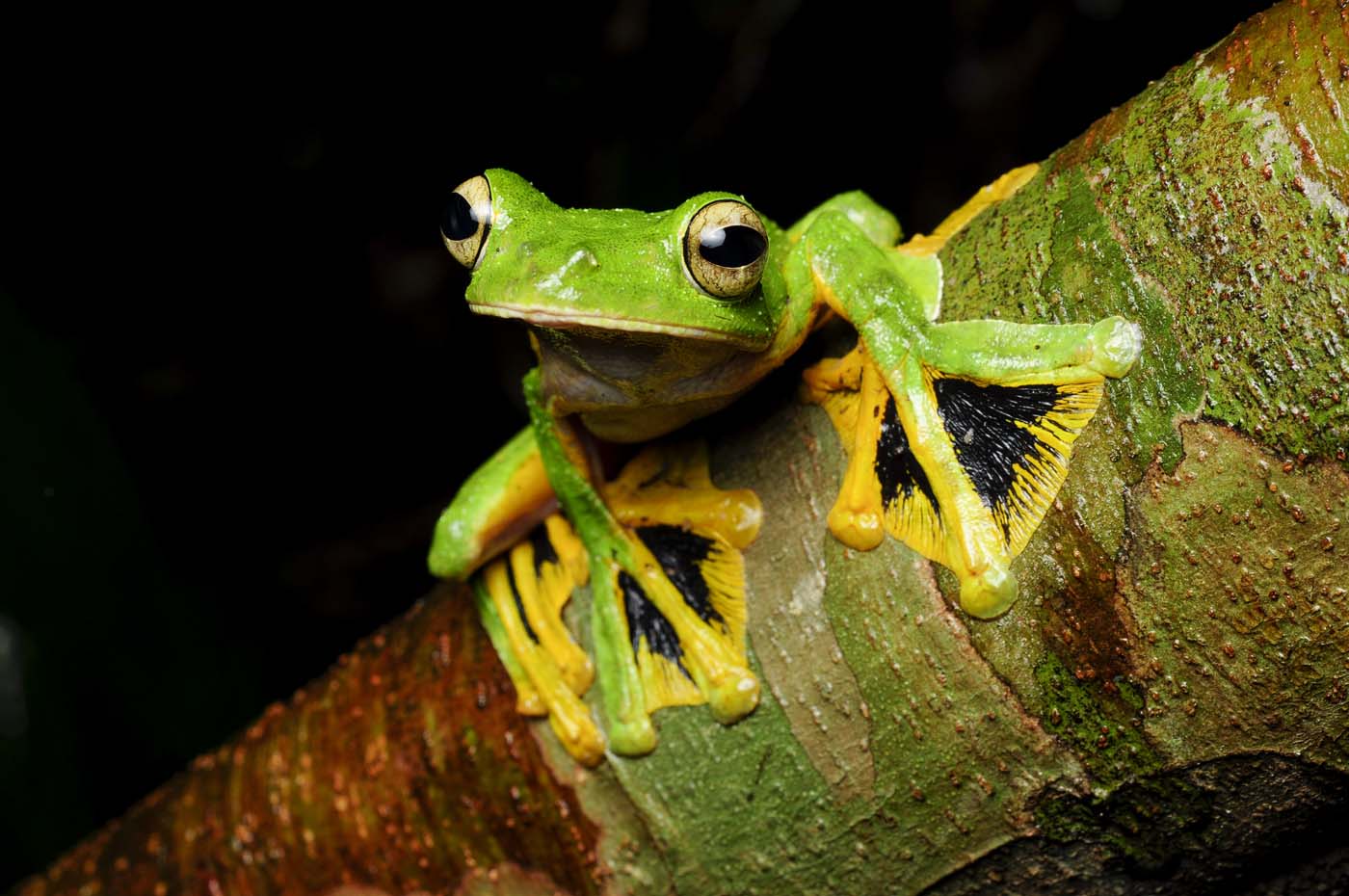
Rhacophorus nigropalmatus
Least ConcernThis remarkable frog glides between trees using its webbed feet as parachutes. They rarely descend to the ground except to breed.
Your visit helps support conservation efforts. Here's how you can help:
Book with eco-certified operators like TropicGo Vacations who follow ethical wildlife viewing guidelines.
Never buy products made from endangered species like ivory, hornbill casques, or turtle shells.
Consider donating to organizations like Malaysian Nature Society or WWF Malaysia.